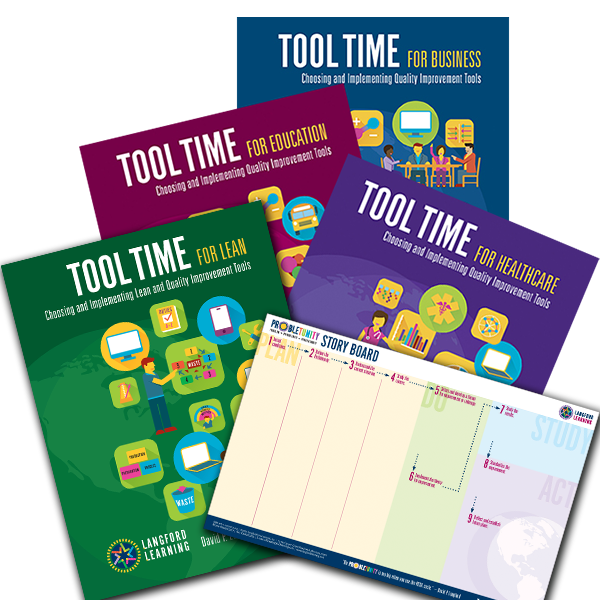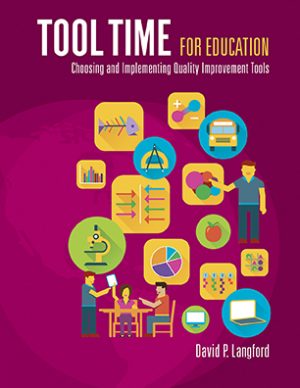Working to Learn, Not Just to Work
- David Langford
- Education
- 0 Comments

When my youngest son was in elementary school, I picked him up from the bus stop after school one day and as we walked home, he shared details about a classroom activity: his sixth-grade class was memorizing a poem to recite, complete with orchestrated hiccups at specific moments.
Curious, I asked, “What happens if you hiccup at the wrong time?”
He replied, “We lose points.”
When I inquired about the purpose behind the assignment, he said, “I think it’s just for a grade.”
This conversation highlighted a common issue in education: the emphasis on “work” over genuine learning. My son’s experience wasn’t about understanding poetry or enhancing public speaking skills; it was about completing a task for a grade.
Reflecting on this, I considered how language shapes our perception of education. What if, rather than saying, “We have a lot of work to do today,” teachers said, “We have a lot of learning to do today” instead? This subtle shift could transform the classroom atmosphere, encouraging students to see school as a place of discovery rather than obligation.
It’s essential to communicate the purpose behind assignments clearly. When students understand the “why” of a task, they’re more likely to engage meaningfully. Otherwise, activities risk being perceived as mere busywork, detracting from the joy of learning.
By reevaluating our language and approach, we can foster an environment where learning takes precedence over mere task completion.
David P. Langford
CEO, Langford International, Inc.
©2025 Langford International, Inc. All rights reserved.
-

Tool Time Book + PDSA Chart
$85.00 Select options This product has multiple variants. The options may be chosen on the product page -

Tool Time for Business
$75.00 Add to cart -

Tool Time for Education
$75.00 Add to cart -

Tool Time for Healthcare
$75.00 Add to cart









